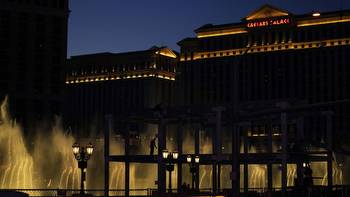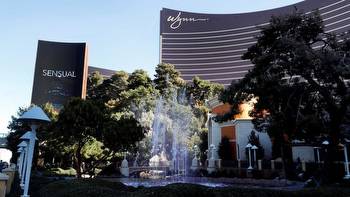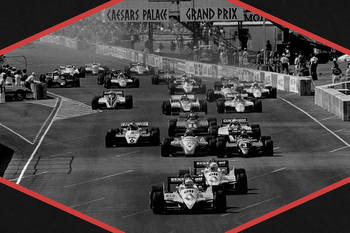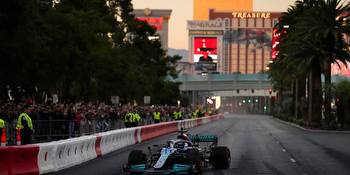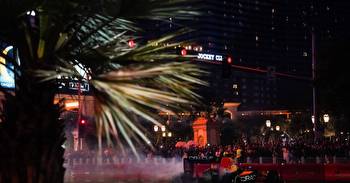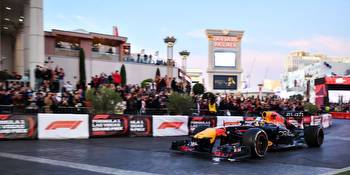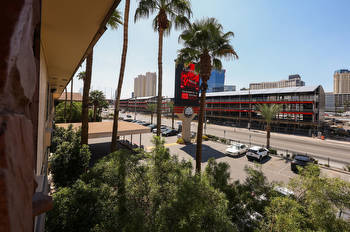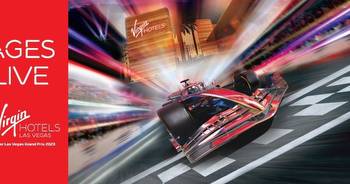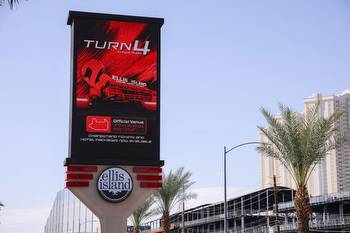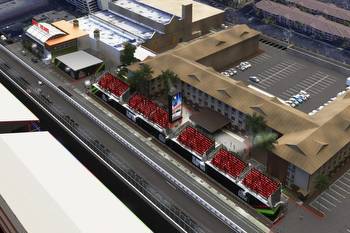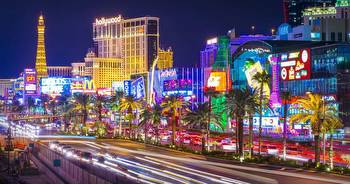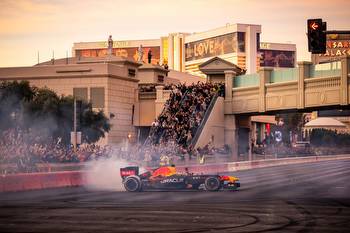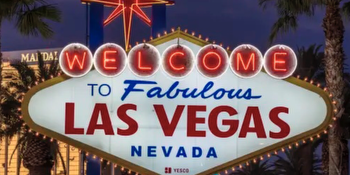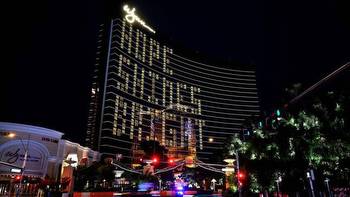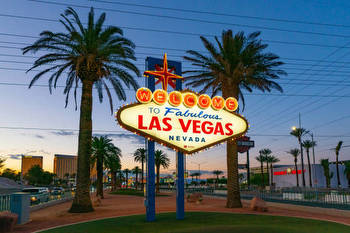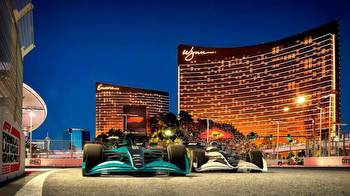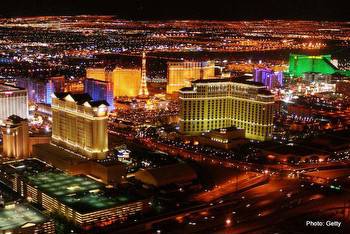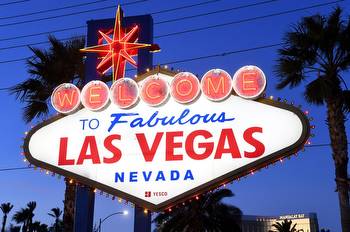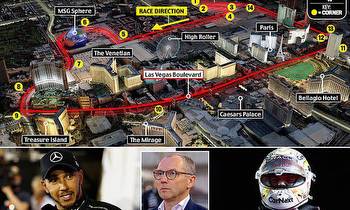The '$5 million GP ticket': Why Las Vegas is raising the stakes on F1 tour packages

Tickets to the Las Vegas Grand Prix, the new addition to the 2023 F1 calendar, aren’t cheap to begin with. And for those prepared to pay top-dollar, the casino-hotels backing the race are touting lavish packages with eye-watering price tags.
Wynn LV overlooks turn 11 on the track which will hold the penultimate round of the 2023 F1 season. It is one of the founding partners of the event which F1 had to work with to make the grand prix possible.
Last month it announced an F1-endorsed ‘Million Dollar All-Access Experience’ at a cost of – surprisingly enough – $1,000,000 (£830,000). The “personally curated” package for six people ($166,666.67 per person) begins with the event’s opening ceremony on Wednesday and ends when the race does late on Saturday night.
For the seven-figure the six race attendees receive access to Wynn’s private hospitality within F1’s VIP Paddock Club, luxury transport to and from the paddock and the city airport to their hotel throughout their four-night stay and access to all of Wynn’s facilities as well as a three-litre jeroboam bottle of champagne.
But that $1 million package has already been relegated, seemingly, to second-best. The Caesars Palace resort on the pit straight down the road has announced a $5 million (£4.1m) “Emperor Package” for the grand prix weekend.
Another of the race’s founding partners, Caesars’ package includes five nights in a three-bedroom villa and another checklist of lavish luxuries. They include 24-hour butler service and a terrace to which 75 people can be invited to watch the track action. There are also 12 Paddock Club tickets, dinner for a dozen from a celebrity chef and an invitation to a performance by singer Adele.
Will any buyers be found for either of these giga-expensive F1 viewing opportunities? Or for any more elaborate and expensive packages other hotels may cook up?
There’s a distinct possibility that none of these will be snapped up. But that doesn’t matter – it’s all part of the promotional game. The perception that casinos who collaborated on bringing F1 to Las Vegas are trying to outdo each other with their treatment of ‘VIPs’ only serves to keep the spotlight on a race in which all parties have a shared interest.
A variety of publications and social media influencers have drawn attention to the price tag and details of the deals. This builds two important perceptions: that the Las Vegas Grand Prix is a must-attend event, and that is already a success. Neither of those statements could be true, but that’s the point of good marketing. The shock value of the highest prices may prompt would-be attendees into searching for cheaper ways of gaining ‘exclusive access’ to the grand prix.
How F1 is avoiding the errors of past Las Vegas races
Previous attempt at racing in Las Vegas has not delivered long-term success. F1’s last appearance there was one of several events which had short lifespans, an outcome the grand prix organisers are eager to avoid.
A permanent track in the west of the city hosted North America’s top sportscar championships from 1966 to 1968, before being demolished. Then Formula 1 arrived in 1981 to race on a temporary circuit in the car park of the Caesars Palace hotel.
The uninspiring track layout, the searing daytime heat, the money lost in running the event and a variety of other factors made it an undoubted failure. F1 kept well away from the famed city in the Nevada desert despite its obvious appeal to F1’s then-commercial chief Bernie Ecclestone.
CART raced at the same Ceasars Palace track for two years once F1 left, and returned to Las Vegas in 1996 once a new oval was built in the city’s north-east. But promoting this event proved just as difficult, as the hot weather remained a problem and the location of the track meant there was no visual association with the city.
Champ Car hit the city centre in 2007, six kilometres up the road from F1’s new venue, but that track never got a second chance. A few tall hotels in the background was not enough for viewers to make the association with Las Vegas, a city whose most immediately recognisable landmark is the signature strip which F1 has made a feature of its new course.
IndyCar has not returned to the Las Vegas oval since the horrific 2011 crash which killed Dan Wheldon in the series’ self-styled ‘world championship’ race. Circuit president Chris Powell says the track has been in contact with IndyCar multiple times in the years to discuss a future race, but the series considers a return “too emotional” at this stage.
For F1’s return in 2023 the boxes that needed to be ticked appear to have been achieved. A city centre location with views of and racing on the iconic Last Vegas Strip, a late start time which will give lower temperatures that should make the event less gruelling for drivers and teams, and the scope to do a lot of work with the off-track package to make the event more viable and adaptable as a long-term fixture on the F1 calendar.
Key to that latter point is promotion, which is normally in the hands of specific event organisers. But this time, in a first, F1 has taken matters into its own hands.
The logistical impact of an F1 race on the streets of the city was always going to complicate matters for casinos who rely on footfall for revenue. This will be addressed via the construction of many bridges around the site to ease the passage of workers and punters.
Nonetheless F1’s arrival will inevitably disrupt the casinos’ business, which is why it was vital to get them on-side. They are publicising the race as much as possible before ahead of its November 2023 date, and the marketing of these hugely expensive Las Vegas Formula 1 packages is further evidence of that. Some in the city are already talking about the grand prix being its first billion-dollar event.








